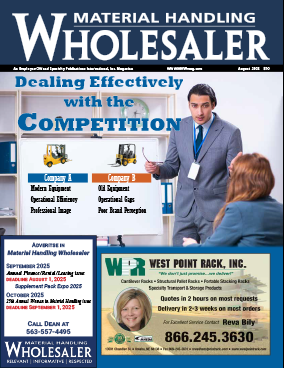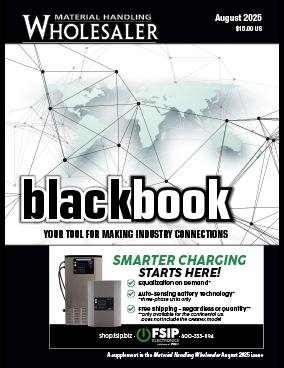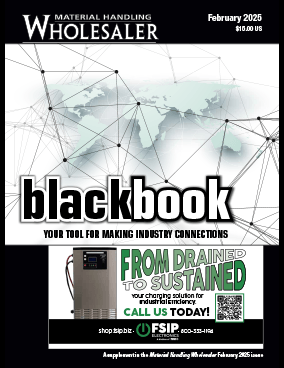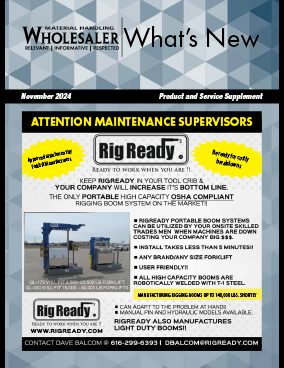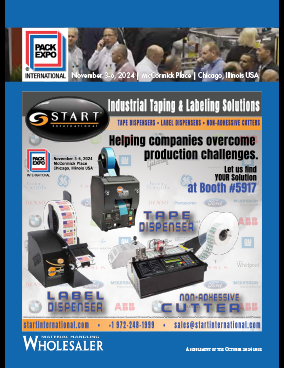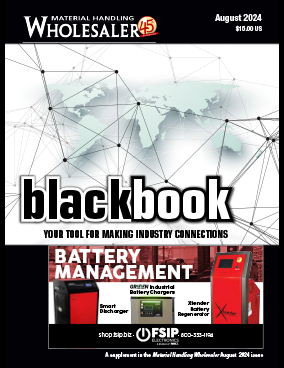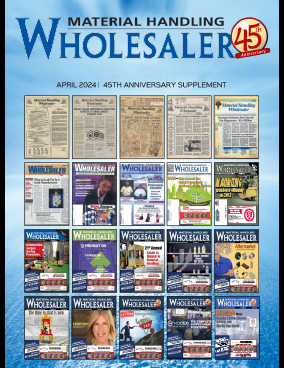OSHA and the Centers for Disease Control (CDC) recently released guidance for employers regarding the novel coronavirus or COVID-19. As US cases begin to make headlines, employers should take steps to prevent the rapid transmission of the coronavirus.
What is Coronavirus (COVID—19)?
Novel coronavirus or COVID-19 is a respiratory illness. Symptoms include fever, cough, and shortness of breath. Symptoms appear 2—14 days after exposure.
According to the CDC, the virus spreads from person to person via respiratory droplets produced by coughing and sneezing. CDC believes that people are most contagious at times when they display symptoms. It may also be possible to spread the virus before you show any symptoms.
Basic Best Practices for All Workers
OSHA’s COVID-19 guidance includes a list of practices to prevent disease transmission.
Suggested practices for all workers, regardless of exposure risk, are:
- Frequently wash your hands with soap and water for at least 20 seconds. When soap and running water are unavailable, use an alcohol-based hand rub with at least 60% alcohol. Always wash hands that are visibly soiled.
- Avoid touching your eyes, nose, or mouth with unwashed hands.
- Avoid close contact with people who are sick.
Preventing Workplace Exposure to Coronavirus (COVID-19)
Healthcare workers are at the highest risk for exposure to coronavirus. As such, CDC created coronavirus resource web pages for health care facilities and information for healthcare professionals.
For healthcare workers, personal protective equipment (PPE) like proper gloves, gowns, eye and face protection, and respirators play a critical role in preventing disease transmission. While proper PPE training, selection, and use are crucial, PPE is the last line of defense against any workplace hazard.
Healthcare facilities should use engineering controls such as the use of airborne infection isolation rooms (AIIR), physical barriers like glass or plastic windows, and ventilation systems with a clean-to-contaminated flow direction. For a list of recommended engineering and administrative controls to prevent the spread of coronavirus, health care professionals can view CDC presentation slides here.
OSHA stresses the need for employers to provide relevant safety training to employees with reasonably anticipated exposure to COVID-19.
OSHA safety standards and training relevant to the spread of coronavirus include:
- Personal Protective Equipment or PPE (29 CFR, Subpart I)
- Respiratory Protection (29 CFR 1910.134)
- Bloodborne Pathogens (29 CFR 1910.1030)
- OSHA’s General Duty Clause (OSH Act of 1970, Section 5(a)(1))
Coronavirus (COVID-19) Prevention for Non-healthcare Employers
For non-healthcare employers, CDC’s Interim Guidance for Businesses and Employers lays out some basic steps that employers can take to prevent the spread of coronavirus.
CDC provides further detail for each bullet point listed below:
- Actively encourage sick employees to stay home
- Separate sick employees
- Emphasize staying home when sick, respiratory etiquette, and hand hygiene for all employees
- Perform routine environmental cleaning
- Advise employees to take certain steps before traveling
CDC also provides guidance about what to do if it becomes clear that the virus is spreading quickly inside of the US. This includes recommendations for creating and implementing an infectious disease outbreak Response Plan.
Sources:
OSHA Guidance
CDC Guidance
WHO Guidance
OSHA Safety Training Available Immediately
Lion’s expanded OSHA safety training course catalog now includes training that may be useful for healthcare personnel and others at risk of exposure to coronavirus.
- Personal Protective Equipment
- Bloodborne Pathogens
- Respiratory Protection (in English or Spanish)
Browse all OSHA safety courses at Lion.com/OSHA.
Note: The web pages linked above are specific to businesses and employers. Individuals concerned about coronavirus should check other pages on those websites for guidance.





